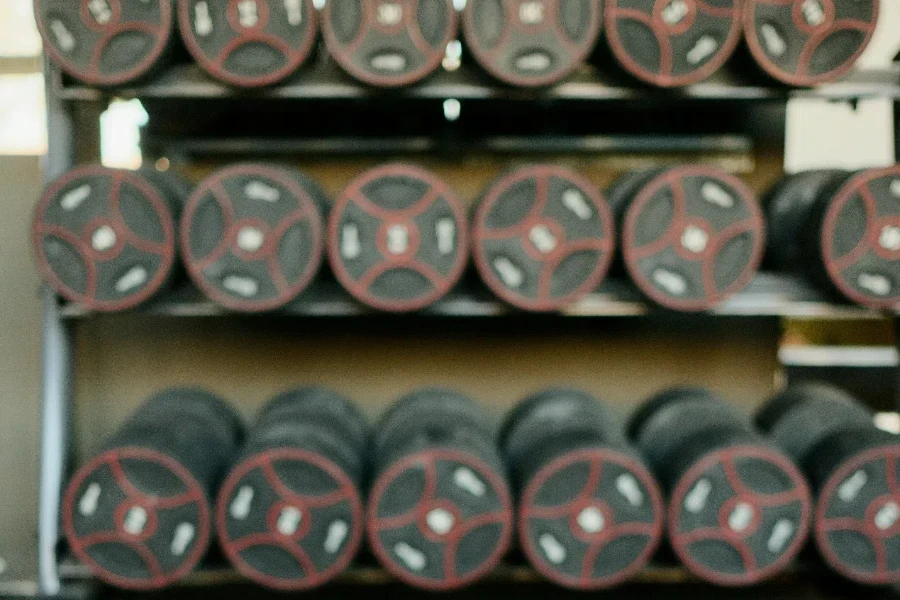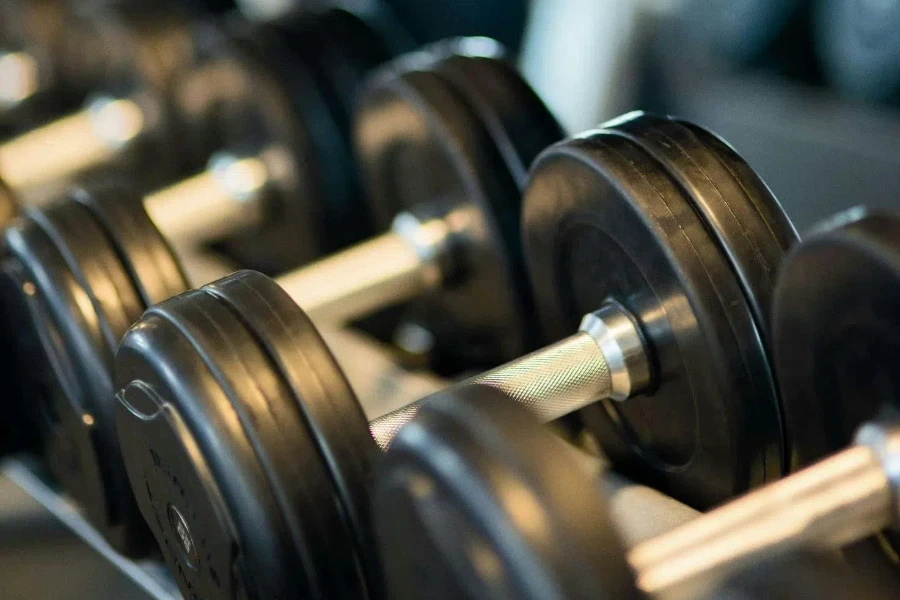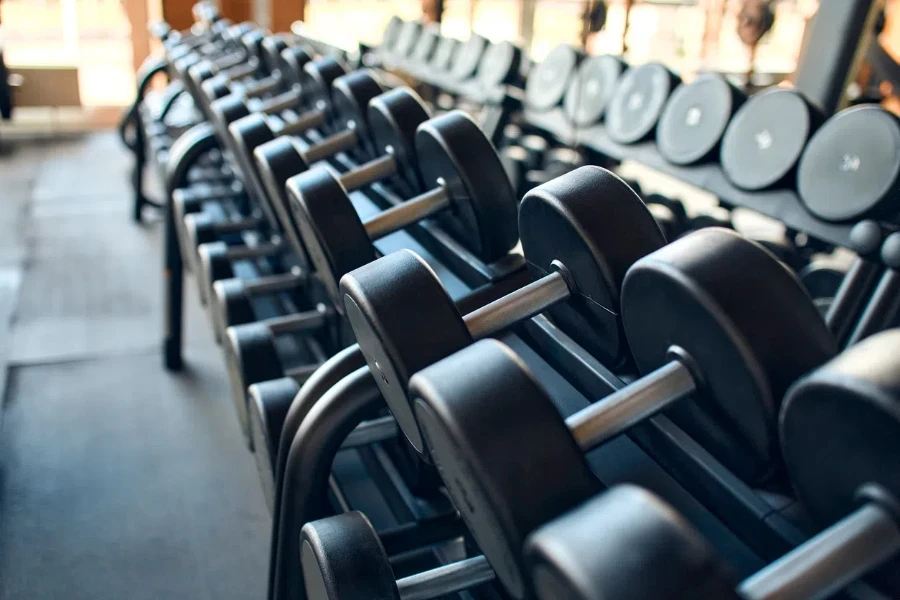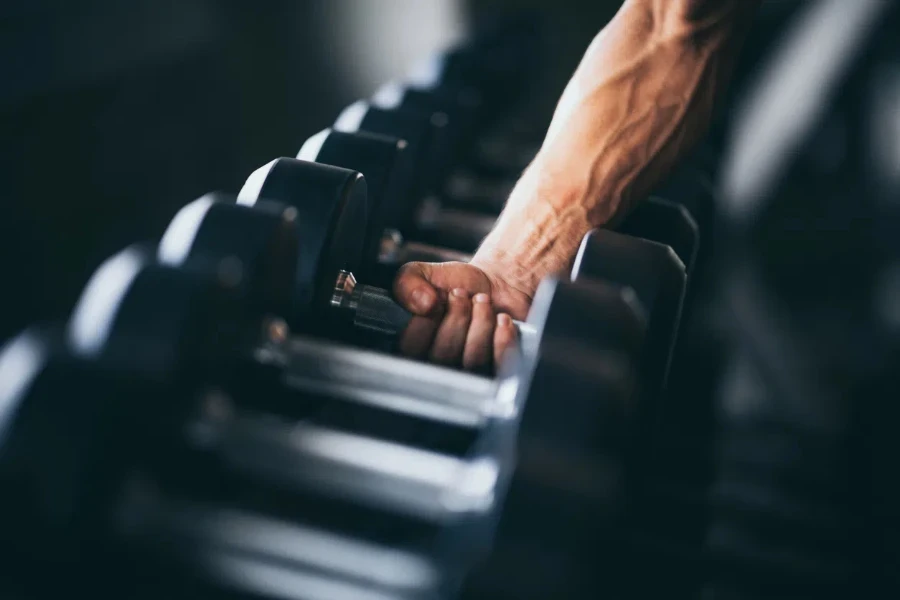In the realm of fitness and strength training, weight racks stand as unsung heroes, providing both safety and organization to workout spaces. As consumer electronics continue to evolve, so do the functionalities and designs of these essential pieces of gym equipment. This article aims to shed light on the aspects of weight racks that users find most crucial, offering insights into making informed decisions for both novice and seasoned fitness enthusiasts.
Table of Contents:
1. Understanding different types of weight racks
2. Key features to consider when selecting a weight rack
3. The importance of weight capacity and stability
4. Maintenance and care tips for longevity
5. The role of weight racks in a home gym setup
Understanding different types of weight racks

Weight racks come in various shapes and sizes, each designed to meet specific needs and space constraints. The traditional squat rack, for instance, is a staple in many gyms, offering a simple yet versatile structure for a range of exercises. Power racks, on the other hand, provide a more enclosed space, which can enhance safety for solo lifters. Meanwhile, plate-loaded machines and free-weight racks cater to those focusing on targeted muscle groups, offering convenience and efficiency in workout routines.
Choosing the right type of weight rack involves assessing your fitness goals, the exercises you plan to incorporate, and the space available in your workout area. It’s not just about the rack itself but how it fits into your overall fitness journey. For example, individuals focusing on Olympic weightlifting might prioritize a rack with integrated storage for barbells and weight plates, whereas someone with a compact home gym might opt for a foldable design.
The evolution of weight racks has also seen the incorporation of technology, such as digital rep counters and integrated workout programs. These features can significantly enhance your training experience, providing both motivation and measurable progress indicators.
Key features to consider when selecting a weight rack

When it comes to choosing a weight rack, several key features stand out as crucial considerations. Adjustability, for instance, is paramount. A rack with adjustable height and width can accommodate different exercises and user heights, making it a versatile addition to any gym. Look for models with easy-to-use mechanisms that allow for quick adjustments.
Another essential feature is the inclusion of safety components, such as spotter arms or straps. These can be lifesavers, quite literally, providing support during heavy lifts or if you lose control of the weight. The peace of mind that comes with knowing you have a safety net cannot be overstated, especially for those who train alone.
Lastly, consider the rack’s compatibility with accessories. From dip bars to pull-up stations, the ability to add on to your rack can significantly expand its functionality. This adaptability not only enhances the value of your investment but also keeps your workouts diverse and engaging.
The importance of weight capacity and stability

Two of the most critical aspects to consider when selecting a weight rack are its weight capacity and stability. These factors directly impact both the safety and longevity of the equipment. A rack’s weight capacity should align with your lifting goals, including the weight of the barbell and any plates you intend to use. It’s wise to choose a rack with a capacity that exceeds your current needs to accommodate future strength gains.
Stability is equally important, as a wobbly rack can be a significant safety hazard. Look for racks with a solid base and, if necessary, options for securing it to the floor. The construction material also plays a role in stability, with steel being the preferred choice for its durability and strength.
Understanding the engineering behind weight racks can also inform your decision. Features such as triangular bracing or wide-set legs can enhance stability, ensuring that the rack remains firmly in place during use.
Maintenance and care tips for longevity

Proper maintenance and care are essential for ensuring the longevity of your weight rack. Regularly inspecting the rack for signs of wear and tear, such as rust or loose bolts, can prevent accidents and extend its lifespan. Cleaning the rack with appropriate products can also protect against corrosion, particularly in environments with high humidity.
Lubricating moving parts, if your rack has any, ensures smooth operation and prevents damage. Additionally, storing weight plates and barbells properly can prevent undue stress on the rack’s structure. By adhering to these maintenance practices, your weight rack can remain a reliable and safe part of your fitness routine for years to come.
The role of weight racks in a home gym setup

Incorporating a weight rack into a home gym setup can transform your workout space into a more efficient and professional environment. It not only organizes your weights and bars but also expands the variety of exercises you can perform. With the right rack, you can create a comprehensive training area that caters to your fitness goals, whether they involve strength training, bodybuilding, or functional fitness.
The versatility of a weight rack also allows for progression in your fitness journey, accommodating increasing weights and complexity in exercises. Moreover, the presence of a weight rack can enhance the aesthetic appeal of your home gym, making it a more inviting and motivating space to work out in.
Conclusion
Weight racks are a cornerstone of effective strength training, offering both functional and safety benefits. By understanding the different types of racks available, considering key features, and prioritizing weight capacity and stability, you can select a rack that meets your needs and enhances your training experience. Proper maintenance and thoughtful integration into your home gym setup will ensure that your weight rack remains a valuable asset in your fitness journey.



